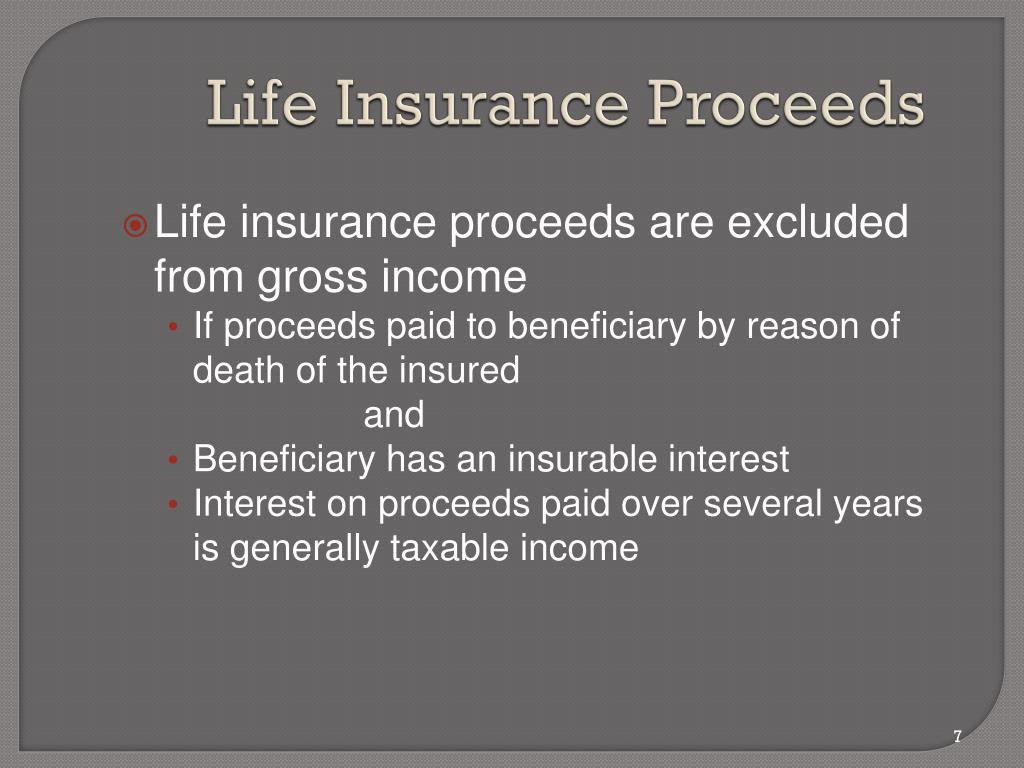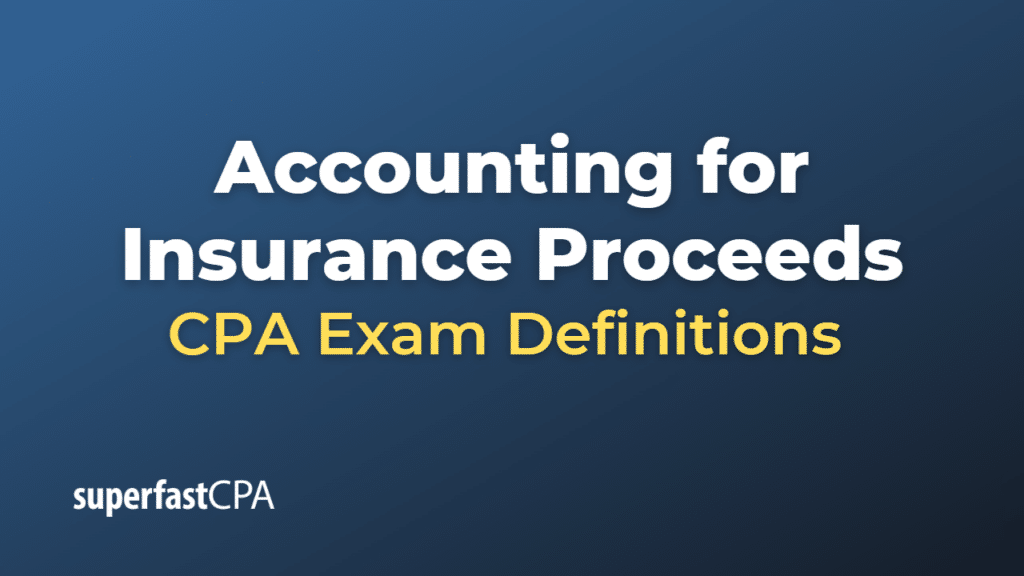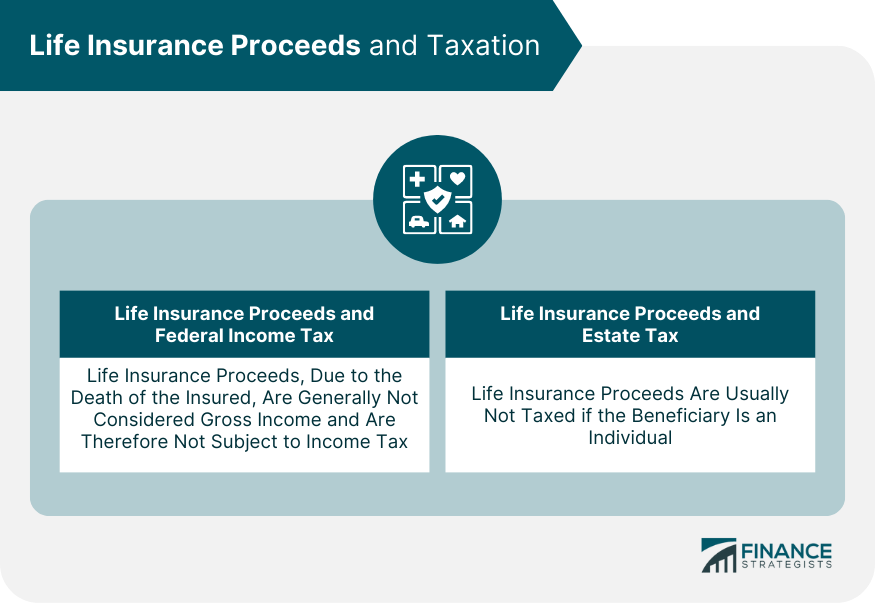What Is Created After Policy Proceeds Are Obtained

When a government policy generates revenue – whether through taxes, fees, or other mechanisms – the subsequent allocation and utilization of those funds are pivotal in shaping societal outcomes. The journey of these policy proceeds, from collection to implementation, is a complex process with wide-ranging implications.
Understanding where these funds are channeled and how they are ultimately used is crucial for evaluating the effectiveness and impact of the initial policy itself. This article will delve into the various avenues through which policy proceeds are directed, examining the different actors involved and the potential consequences for different sectors of society.
The Initial Deposit: Consolidation and Allocation
Generally, revenues generated from a policy flow into the government's consolidated fund, often referred to as the General Fund. This acts as the central treasury from which various government expenditures are made.
The allocation process is multifaceted. It often involves multiple government bodies, including the finance ministry or equivalent department, which oversees the budget and ensures adherence to spending regulations.
The specifics depend heavily on the initial policy’s design. Some policies mandate that proceeds be earmarked for specific purposes, like environmental remediation or infrastructure development, thus restricting their use for other government expenditures.
Earmarked Funds: A Designated Purpose
Earmarked funds are revenue streams that are legally dedicated for a particular purpose.
For example, a carbon tax might stipulate that all revenue generated be used for renewable energy projects or climate change adaptation measures.
This approach increases transparency and accountability, demonstrating a clear link between the revenue source and its application. However, it can also create inflexibility in budget allocation, limiting the government's ability to respond to changing priorities or unexpected crises.
Discretionary Spending: Government Priorities
If policy proceeds are not earmarked, they become part of the government's discretionary spending budget. This means that the government has the flexibility to allocate the funds based on its priorities, which can be influenced by political considerations, economic conditions, and societal needs.
Decisions are usually made through the annual budget process, involving legislative approval and public scrutiny. These funds can be channeled into various sectors like healthcare, education, defense, and social welfare programs.
The allocation of these funds is often subject to debate and negotiation, as different stakeholders advocate for their preferred causes.
Implementation and Oversight: Ensuring Effectiveness
Once funds are allocated, government agencies or departments are responsible for implementing the programs and projects that benefit from the policy proceeds.
This involves a complex process of procurement, contracting, and monitoring to ensure that funds are used effectively and efficiently. Independent oversight bodies, such as audit agencies, play a crucial role in verifying compliance and identifying any instances of misuse or waste.
Transparency is critical throughout the implementation process. Public access to information regarding spending decisions, project progress, and performance metrics helps ensure accountability and allows citizens to assess the effectiveness of government programs.
Potential Impacts and Societal Outcomes
The ultimate impact of policy proceeds hinges on the effectiveness of their allocation and implementation. Funds directed towards healthcare can improve public health outcomes, while investments in education can boost human capital and economic productivity.
Infrastructure development can enhance connectivity and facilitate economic growth. Social welfare programs can provide a safety net for vulnerable populations and reduce inequality.
However, the allocation of policy proceeds can also have unintended consequences. For example, prioritizing certain sectors over others can create imbalances and exacerbate existing inequalities.
A Human-Interest Angle: The Ripple Effect
Consider the example of a local community that benefits from an environmental policy that generates funds for reforestation projects. Jobs are created in nurseries growing seedlings, in teams planting trees, and in managing the newly forested areas.
Local businesses, such as restaurants and shops, see an increase in activity as workers spend their wages in the community. Over time, the restored forest improves air and water quality, enhancing the overall well-being of residents.
This highlights the tangible benefits that can arise from the thoughtful and effective allocation of policy proceeds.
Conclusion: A Continuous Cycle of Policy and Impact
The cycle of policy proceeds – from collection to allocation and implementation – is a continuous process. Monitoring and evaluation are crucial for assessing the impact of policies and informing future decisions. Understanding this cycle allows for greater civic engagement and accountability.
By scrutinizing how policy proceeds are used, citizens can hold their governments accountable and ensure that public funds are allocated in a way that promotes the common good. Effective policies, thoughtfully implemented, can create lasting positive change for individuals and communities alike.
Ultimately, the journey of policy proceeds reflects the values and priorities of a society. It is a powerful tool that, when wielded effectively, can shape a more equitable and prosperous future.
:max_bytes(150000):strip_icc()/Insurance-proceeds-Final-183c4c166d0a4daf807c544886078f50.jpg)
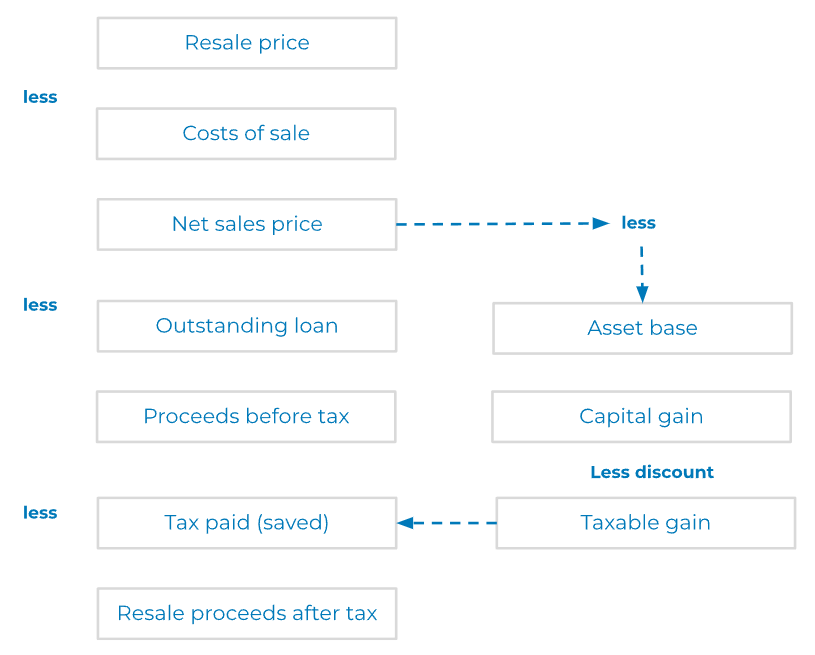

:max_bytes(150000):strip_icc()/final_netproceeds_definition_1102-a4e9255be97a42cfbd0e94f745d70392.png)
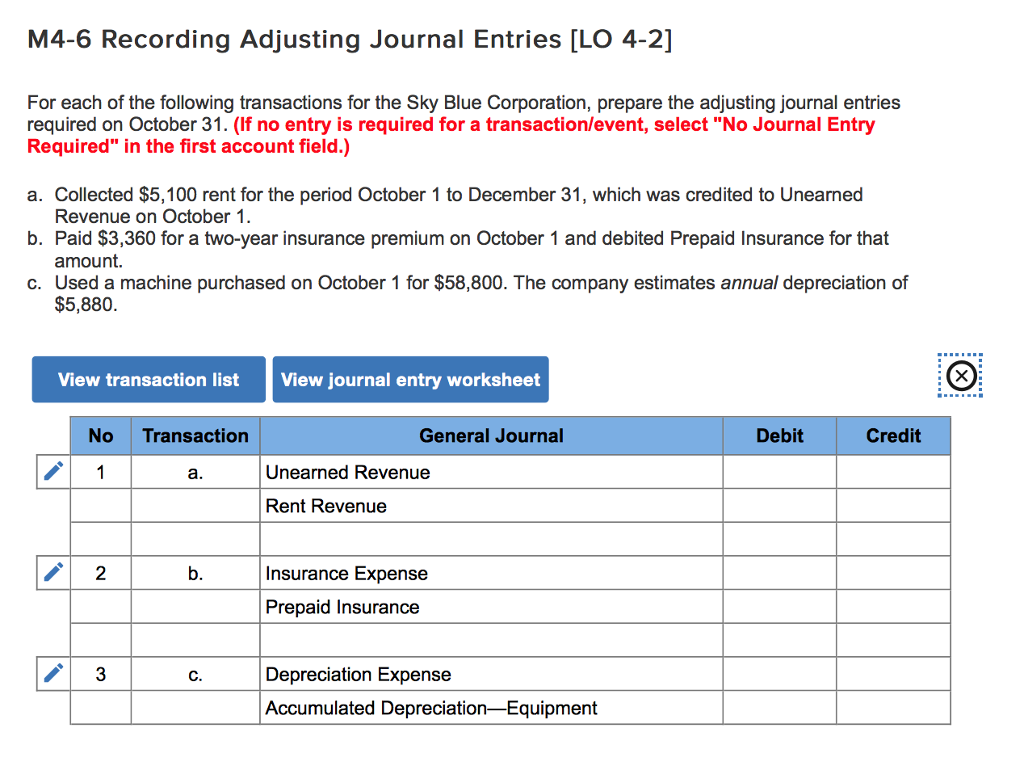

.jpg)





